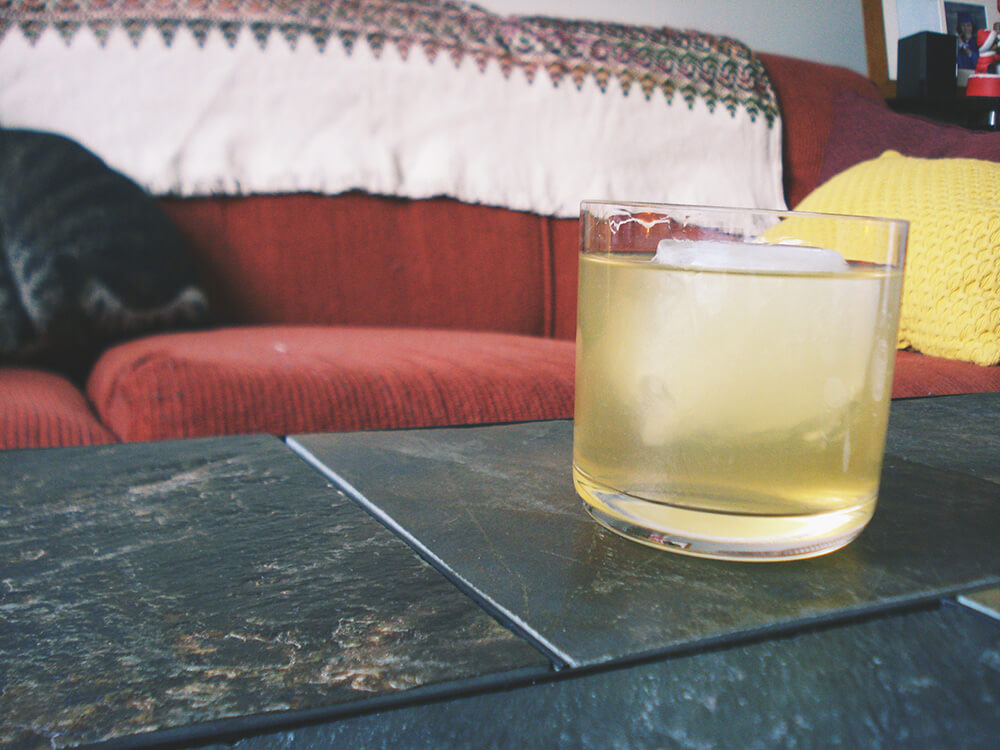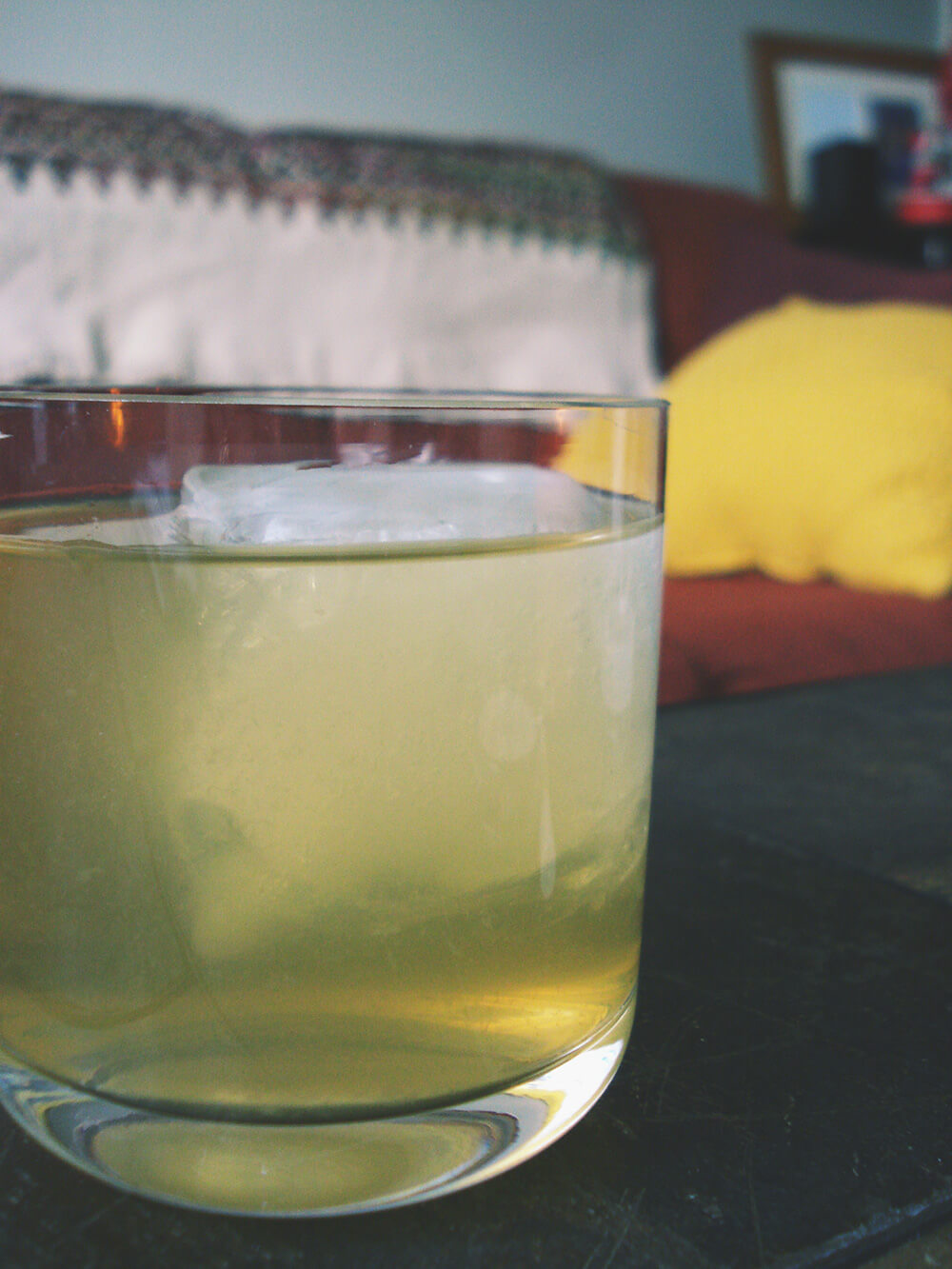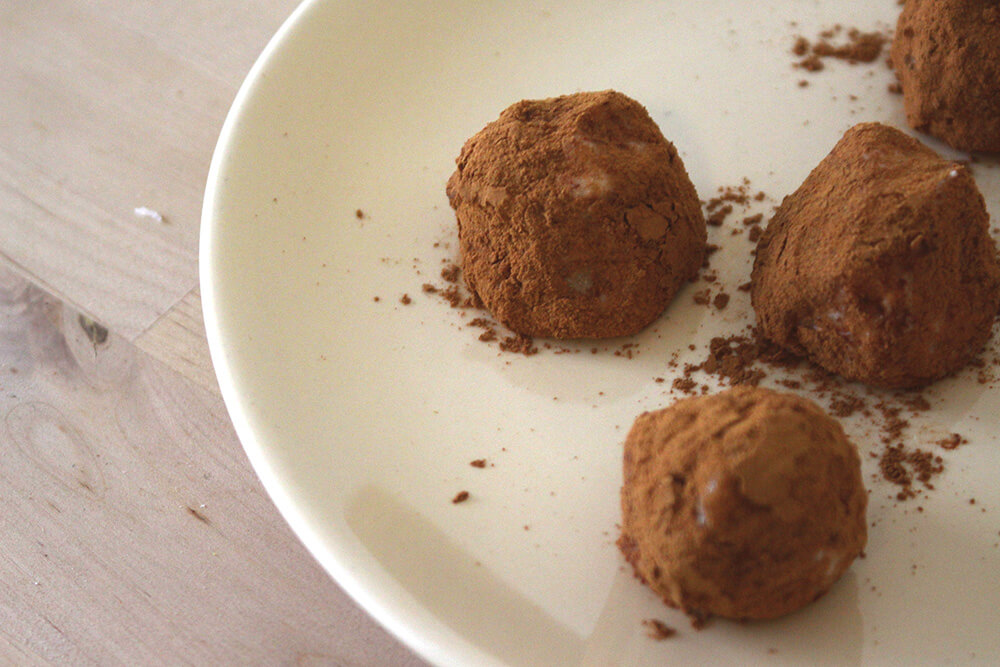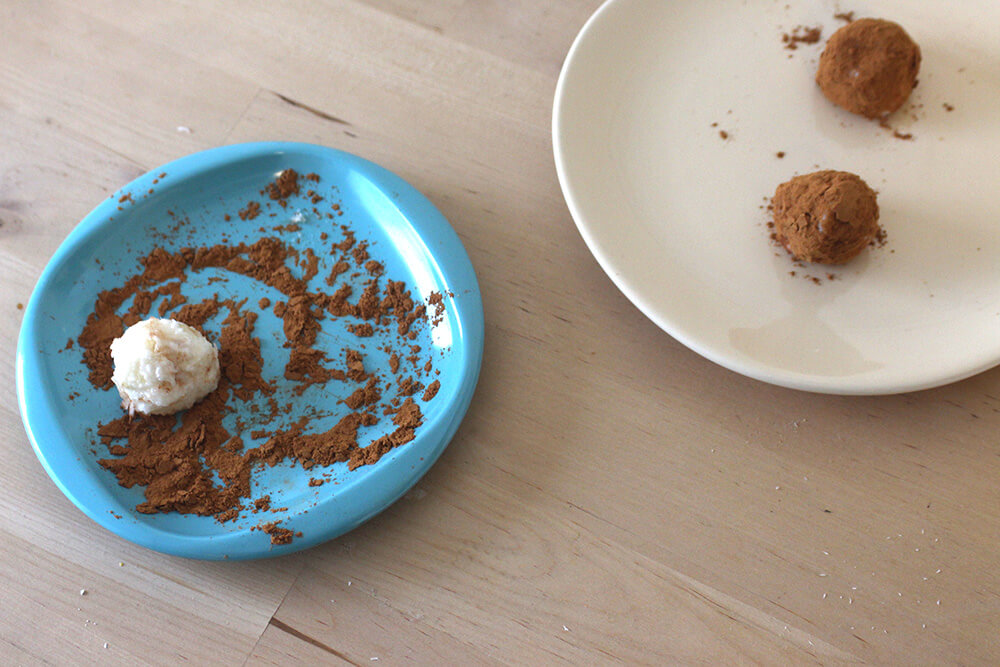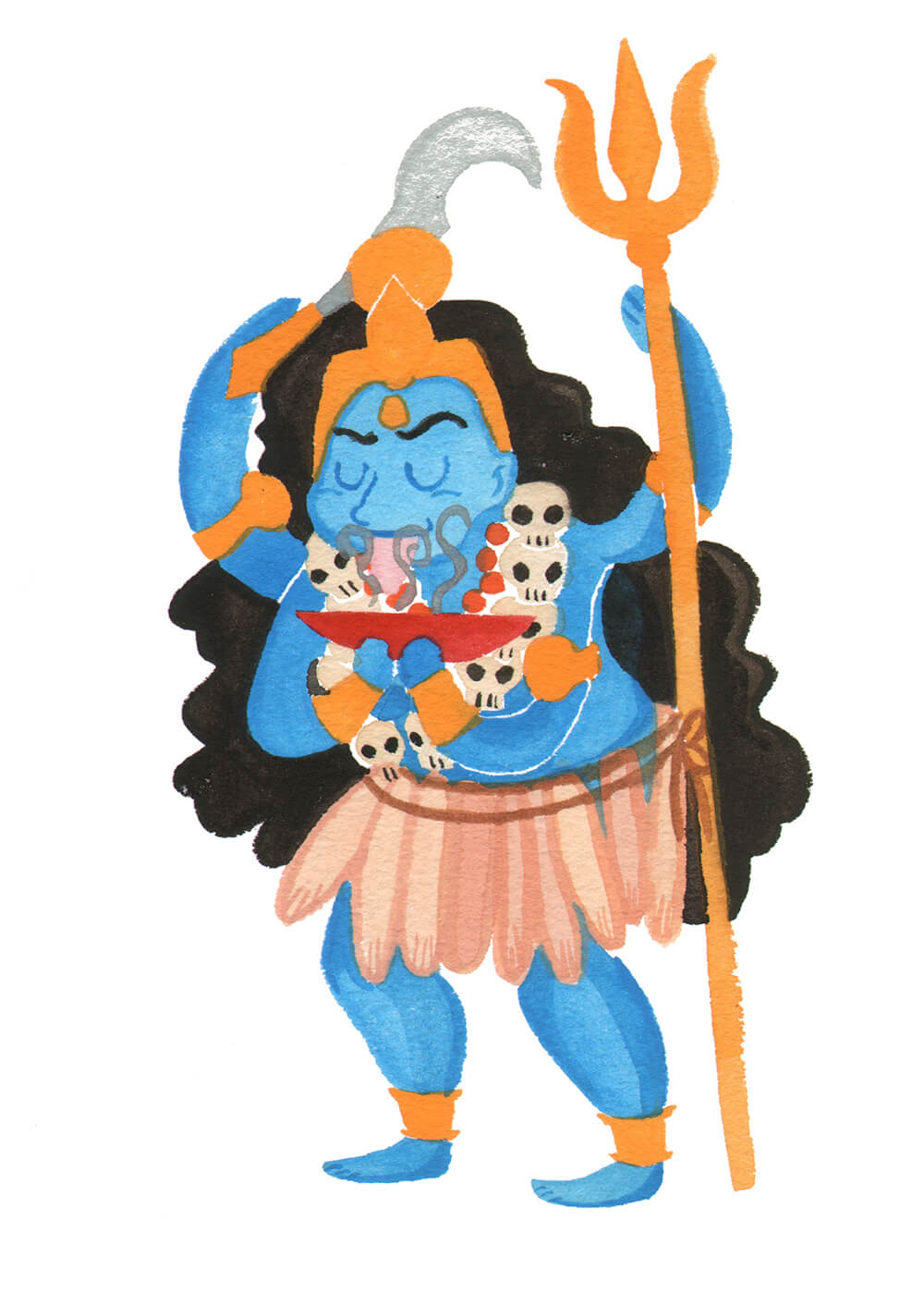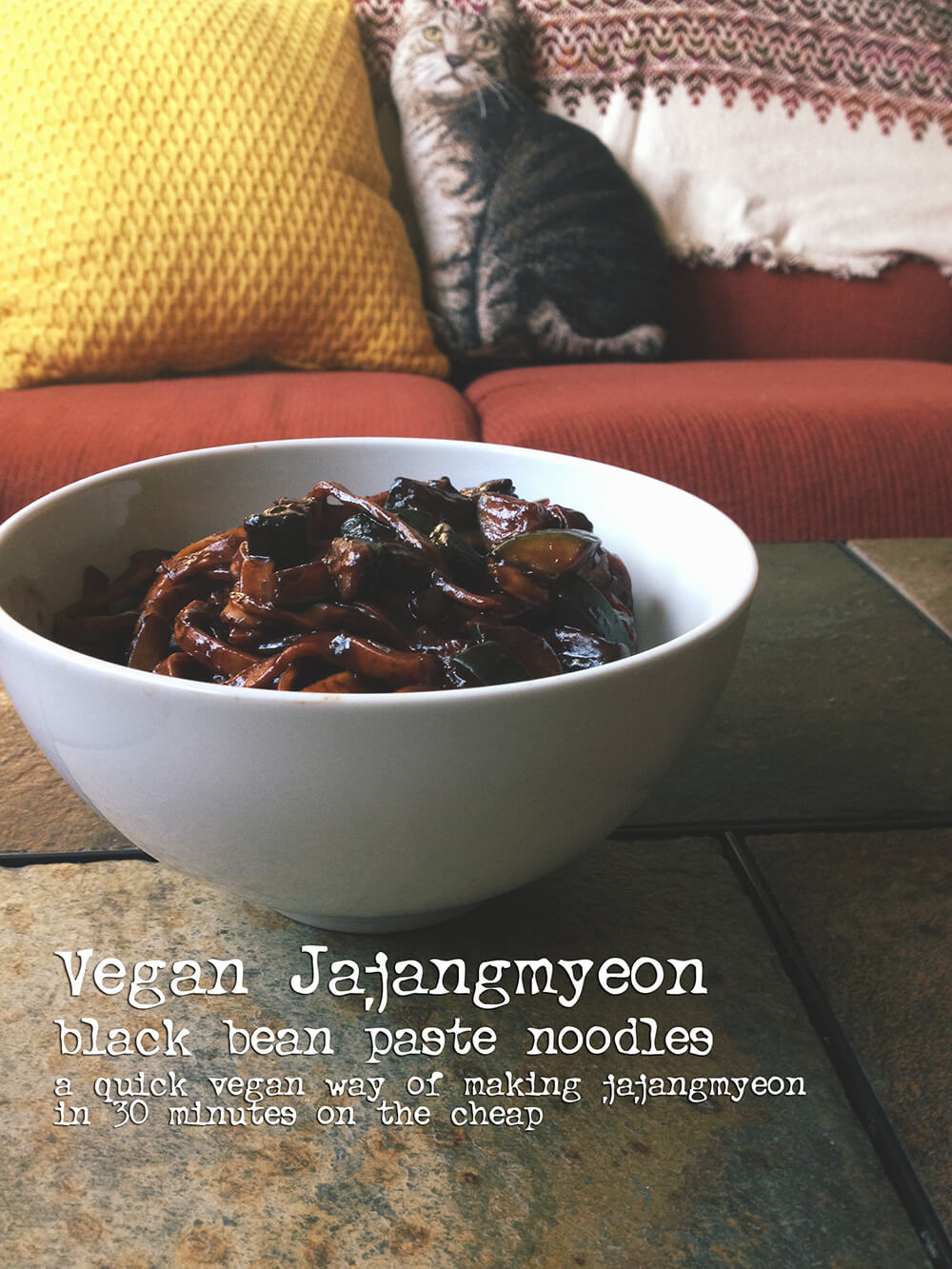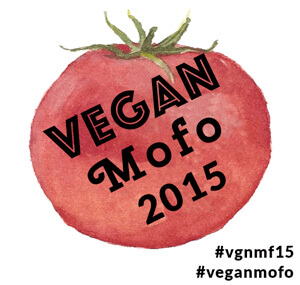July 22, 2013Today we are going to talk about a little story. This story is about the soy bean. Sure you’ve been told that it is one of most versatile ingredients in the world. Sadly, most Americans and Westerners have no clue how much is made with soy. Sure there is soy milk, tofu, soy ice cream, soy beef patties, and miso, but how much more can be made from a bean?
Take away refrigerators, and humans get pretty creative with how to save their foods. Just think about how in the west we have so many different variations of milk. There is yogurt, cremes, cheeses, and much more. Even with cheese, there are so many different flavors and textures. You have a mild cheese like mozzarella that is fresh and no fermentation. Then you have fermented cheeses like swiss that has a completely different texture, smell, and taste. You can even get a totally different cheese with a different strain of bacteria, like blue cheese. The same thing can be said about soy. Do a few things to the beans, and you can get lots of different results. Tofu is kind-of similar to mozzarella, fresh and soft. Miso is fermented and therefore has a drastically different pungent taste. So what is the “blue cheese” of soy? Surely it must be douchi.

Douchi looks like a raisin, but it is simply a fermented old soy bean. Even though soy bean’s color can be black, any variety is used for this food. Douchi is the earliest form of soy bean fermentation known to man. Older than miso. Douchi was found in a tomb dating all the way back to 165 BCE.
As I am talking about these wrinkly beans, you might be wondering what these things taste like. If you ever gotten black bean chicken on at a Chinese food take out, you tasted douchi. There is a distinct taste to the douchi beans that are salty, but can not be replaced. Sort of like how soy sauce simply can’t be replaced with salt.
The steps for making the paste require the soy beans to be soaked, steamed, and inculcate with soy koji, which is used for miso. The beans mold over, turning green. The mold is rinsed off to remove some bitter flavors, though this step can be skipped. The soy beans are then placed in a brine for six months. The end result are “black beans.” They can be eaten alone as a snack, or be made into a paste.
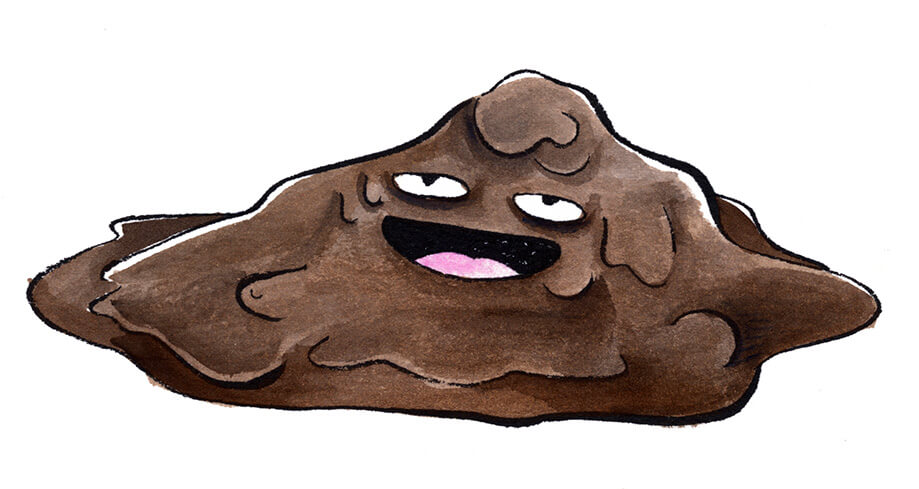
“Black Bean” Paste
Douchi is commonly made into a paste. Anyone who takes a dip into “asian cooking” can go crazy from all the new pastes and sauces that are needs for a recipe. Add “Black Bean” Paste to the list now. This is where things get confusing. Many culture have different names for all their pastes, and many will swear that their paste is different than others. Just think of the American biscuit. A woman from the south will say biscuits from the north just aren’t right.
The basic recipe for “Black Bean” Paste is to saute douchi in a pan with broth, water, and garlic. Sometimes oil, soy sauce, and starch are added for flavor and texture. This sauce or paste is becoming easier to find in supermarkets, but are overpriced and small.
Douchi is pretty popular in Korean food because of the rise in popularity of Jajangmyeon. Koreans call their paste chunjang. Many swear it isn’t the same as the Chinese counterpart. What is the difference? Honestly caramel. Yes, Koreans like their savory foods sweet. So if you aren’t satisfied with douchi you bought add some sugar or some other sweetener.
REMEMBER- if you are buying pre-made “Black Bean” Paste check the ingredients! If you are vegetarian or vegan, there may be caramel (milk guise) or chicken stock in the paste!
COOKING
There are a few ways to use black bean paste in cooking. It is used more as a seasoning, as it is too salty to eat on it’s own. Just imagine eating a spoonful of miso? (alright I’ve been known to lick the spoon) Traditionally, you can toss a tablespoon or two in a stir fry, though you may want to omit any soy sauce or salt. It is also common to use to on different steamed meats, such as ribs or fishes. And one of the most popular dishes is Jajangmyeon, noodles slathered in black bean paste.
But truth is the sky is the limit. Maybe make dumplings with chopped veggies covered in some black bean sauce. Maybe you could try making a BBQ sauce out the paste. Heck, they have been even used in ice cream! Play around and be daring. Think of the paste a little bit like “soy sauce” in the flavor and go from there. I am sure you will blow all your friends away.
RECIPES
Jajangmyeon
Vegan Black Bean Abalone Stir-fry
Posted by Jennifer in All About the Ingredient, Ingredients Tags: black bean paste, chunjang, douchi, fermentation, soy




